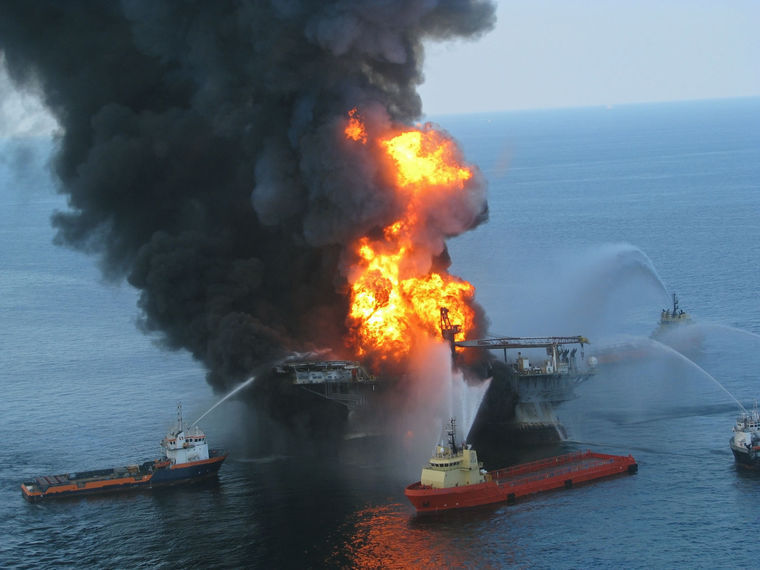BREAKING: Child drowned in Terrebonne
May 17, 2015
Jingles is more than just a pet
May 20, 2015Five years after the Deepwater Horizon explosion lit up the Gulf of Mexico sky, claimed 11 workers’ lives and temporarily crippled some local industries and businesses, the disaster’s scars have not fully healed, and the damage done has yet to be fully tallied.
In some local communities, BP is still a company people love to hate.
The company maintains that it is doing what is within its power to do, that it was a good corporate neighbor prior to the disaster and that it remains so.
News reports circulating in the days immediately following the explosion contained varying and conflicting information about the volume of oil and the threat to the Gulf of Mexico, in part because of various initial difficulties with estimates, and a lack of knowledge as to just how serious the blowout preventer failure registered.
A company spokesman, Jason Ryan, agreed to answer some limited but pointed questions about BP’s role in the disaster and how – morally as well as legally – its promises are being kept.
“In the days immediately after the accident, BP alone among those involved stepped up, acknowledged our role, and committed to help restore the Gulf’s environment and economy,” Ryan said. “We have been working hard ever since to fulfill that commitment.”
The company, Ryan said, has spent more than $28 billion so far, including more than $14 billion on response and cleanup and nearly $14 billion in claims to individuals, businesses and government entities.
“In addition, we made an unprecedented $1 billion commitment to early restoration that could move forward while the Natural Resource Damage Assessment (NRDA) is ongoing. And we’ve spent a record $1.3 billion thus far on the NRDA, the most extensive and expensive damage assessment in history. No company has done more, faster, to respond to an industrial accident.”
In the wake of the explosion, an environmental calamity was predicted, one that would affect the immediate Gulf waters and shores very far away. While there is no doubt of effects that resulted from the spill – some of which still linger and some whose impact is yet to be determined – BP maintains that the catastrophe so many feared did not come to pass.
“This is in large part due to the Gulf’s resilience, natural processes and the effectiveness of response and cleanup efforts mounted by BP under the direction of the federal government,” Ryan said. “We remain committed to supporting economic and environmental recovery in the Gulf by restoring those natural resources that reliable data and science determine the spill injured and paying all legitimate claims.”
The spill, company officials maintain, has provided a knowledge base that allows BP “to learn from the tragedy and become an even safer company.”
“There are dozens of ways we’ve improved safety over the last five years, from enhanced training on drilling simulators to our state-of-the-art offshore monitoring center to the implementation of … recommendations, all of which provide additional layers of protection to prevent another accident. But ultimately the proof is in the results, and our safety metrics since the spill put us in line with or leading the industry.”
Complaints from oil companies and the service companies that keep their exploration operations going, that the moratorium on Gulf drilling due to the spill created a hardship, is something of which BP representatives are well aware. But the company maintains its position in that regard.
“We remain committed to supporting economic recovery in the Gulf and to paying all legitimate claims,” Ryan said. “But we continue to believe that BP should not be required to pay for alleged losses caused by the U.S. government’s independent decisions to enact a drilling moratorium and to delay issuing drilling permits.”
Responders battle the blaze after the Deepwater Horizon explosion in 2010. Problems with the rig began around 8 p.m. April 20. As seawater replaced the heavier mud, hydrostatic pressure within the well decreased. Pumps were running at a constant rate and drill pipe pressure increased, but no one noticed, according to court documents.









